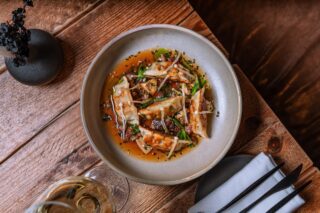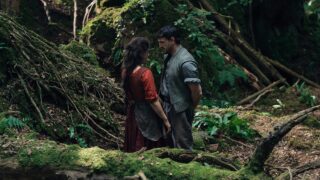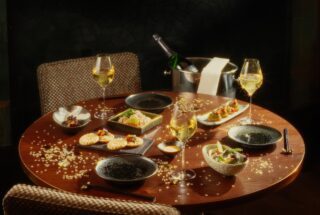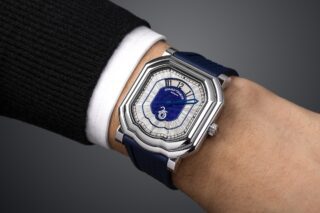This website uses cookies so that we can provide you with the best user experience possible. Cookie information is stored in your browser and performs functions such as recognising you when you return to our website and helping our team to understand which sections of the website you find most interesting and useful.
Chihuahua: not just for cowboys
By Sara Darling | 7 February 2022 | Travel
If caves, cheese and the Chepe Express pique your interest, this wild Mexican state should be next on your travel list
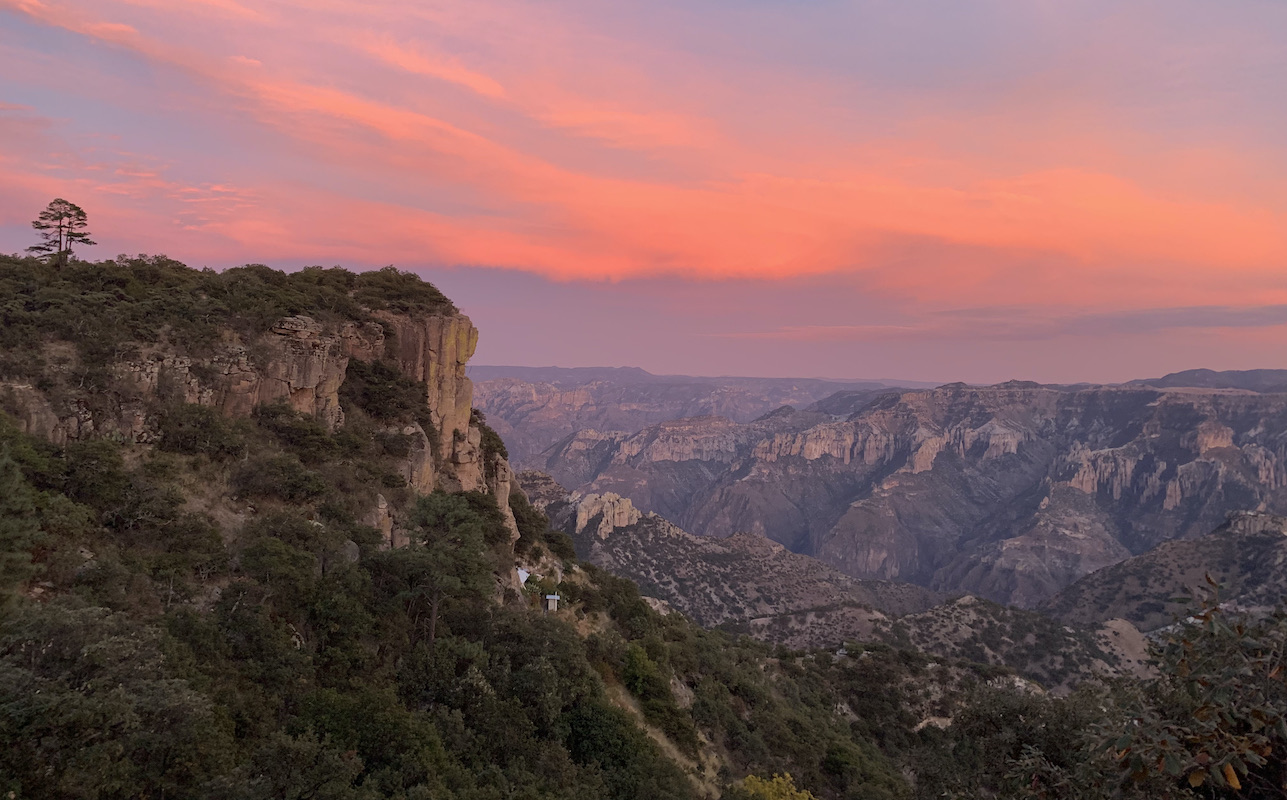
Fans of wild west movies will appreciate the stark desert landscape of Mexico’s largest state, Chihuahua, which along with Durango, has been the backdrop to countless cowboy films. With impressive monolithic ridges, mesas and spires that make up imposing gulleys in the Sierra Madre Occidental mountains, it’s no wonder hikers and thrill seekers come to explore the unique copper-green hue of the canyon walls that define the region.
The craggy backdrop is the home to cattle farms and cowboys, but the capital city (also called Chihuahua) is noted for its connection with the War of Independence which took place from 1910-1920. Interested visitors can trace the period from the Spanish Conquest through to the Revolution in the city’s main museum, The Palacio de Gobierno. Filled with evocative murals by Aaron Pina Mora, with descriptions in Spanish and English, it is an insight into the region’s political and often violent history.
Another notable museum on the outskirts of town is Museo Casa de Villa, the home of Pancho Villa – a controversial Mexican revolutionary who is viewed as a either a thief or a hero, depending on who you ask. Even though Villa apparently had 25 wives, it is his first wife, Luz Corral with whom he lived in Chihuahua, and spent his last days before he was assassinated in 1923. Corral was devoted to him, and although outlived him by almost 60 years, kept the family home intact. Now run by the Mexican military, visitors can see original photographs, guns, artillery and artefacts from the Mexican Revolution, as well as the car complete with bullet holes in which he was killed.
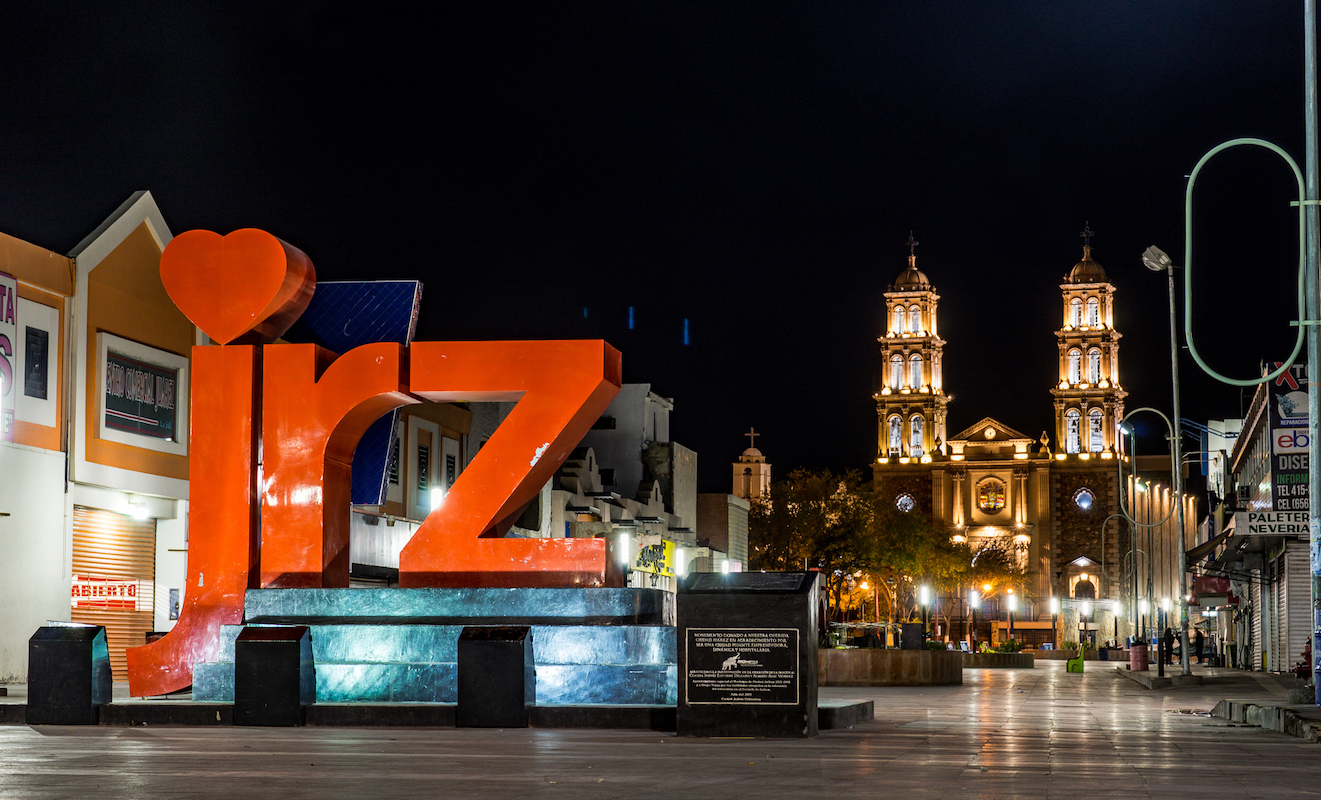
With a large and modern city centre, tourists and locals socialise in the pedestrianised squares which are buzzing with music, dancing and al fresco dining. Often, at dusk, you will come across couples ballroom dancing, which was introduced by Mexican aristocracy during the colonial era; the lower classes altered the traditional choreography of dances such as the waltz and foxtrot to create the ubiquitous "Mexican polka" which was accompanied by narrated "corridos" for comical effect – this is still popular with stetson and cowboy boot clad couples today.
The main shopping streets, and countless stores selling riding boots, hats and accessories, surround the cathedral and Angel Square, but your eyes will undoubtedly be drawn to the brightly patterned outfits worn by the Rarámuri women selling handmade crafts on the pavement. The floor length dresses date back to the 1500s when Spain invaded the Sierra Madre mountains and women were instructed to conceal their bodies. Since then, the design has been reinvented to incorporate colourful, clashing prints, and women throughout the region proudly set themselves apart in a stark contrast to the more subdued attire of the townsfolk.
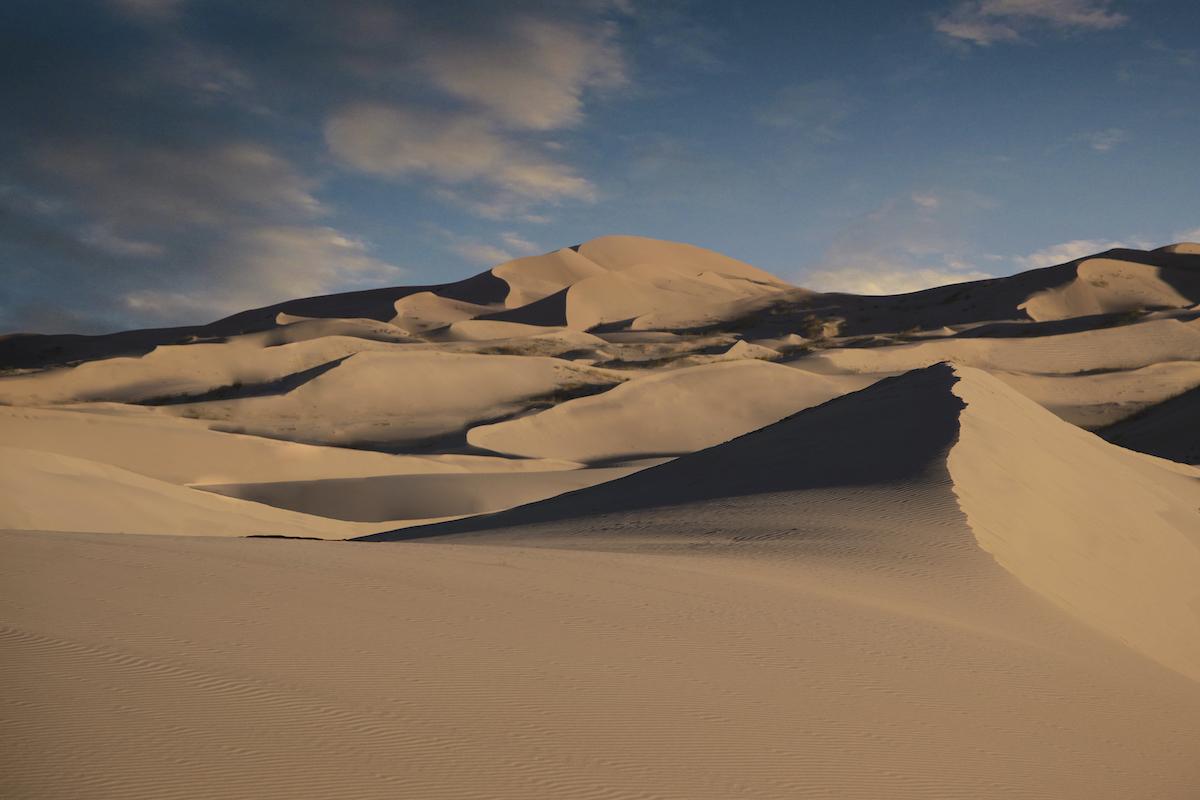
The Raramuri tribe originates from the Sierra Madre Mountains, which have become a tourist hotspot thanks to the impressive copper coloured hue of their peaks, and trekking paths. Housing the infamous Barrancas del Cobre (Copper Canyon), this momentous natural landmark, covers 25,000 square miles of rugged territory and visitors flock here to see the waterfalls and challenge themselves on invigorating hiking routes through pine forests and rocky terrain.
The Chepe Express railway is the best way to enjoy a whistle stop tour of the Canyon if you’re short on time, as you can enjoy the animated rock formations, clapboard buildings and far flung ranches which pepper the wilderness, from the comfort of a luxury train. It’s also quicker and more comfortable than tackling the potholed dirt track roads and hairpin bends, and the route runs from the pacific coast at Los Mochis with a few stopping points, should you wish to disembark to explore.
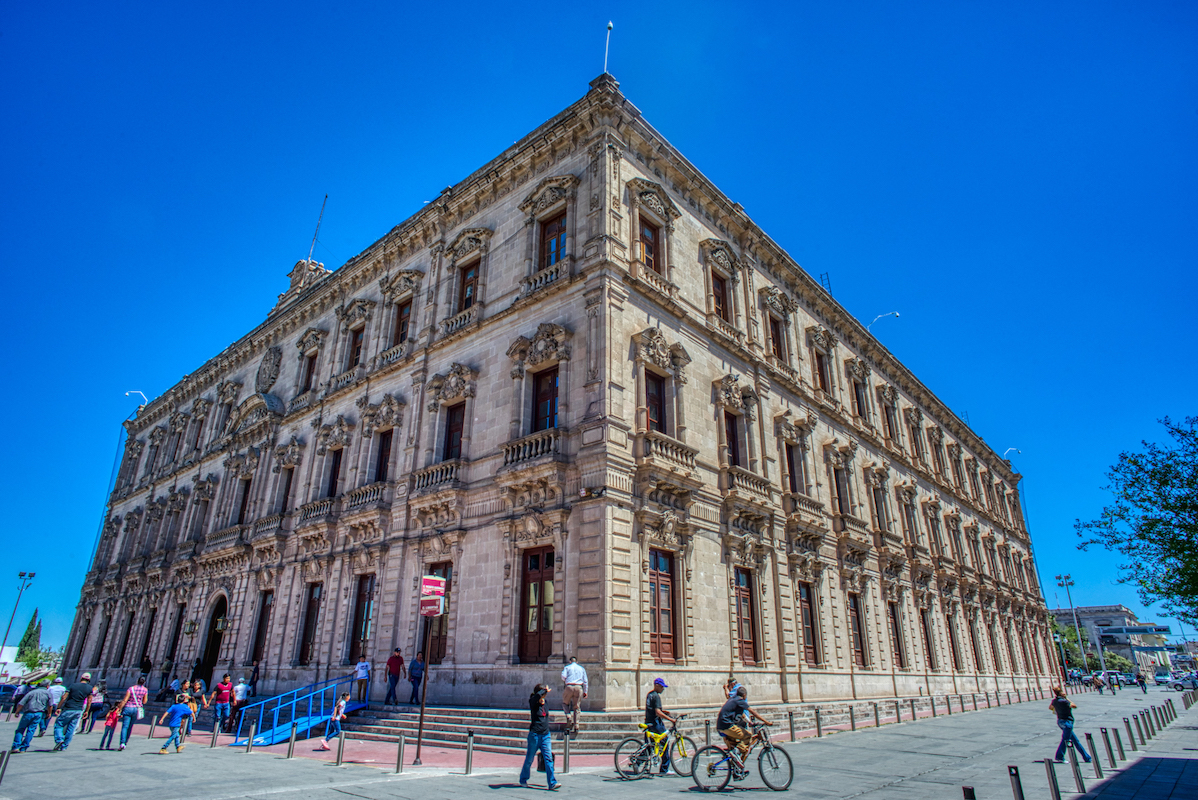
Spend a night or two at Creel, with its first class hotels (check Villa Mexicana Creel Mountain Lodge for cute cabins, stuffed animals and roaring fire, whilst Hotel Quinta Mision has ginormous suites with underfloor heating and claw foot baths) and there are plenty of attractions a short drive away. The Valle de los Monjes (Valley of the Monks) once known as “Penis Valley” will impress anyone with an interest in big stones. Named after the intriguing rock formations that they resemble, you can’t describe the connection with nature you feel until you see them up close and they create a dramatic backdrop like no other.
Elsewhere in this magical region, is the mesmerising U-shaped Lake Arareko which changes colour from sapphire blue to jade green according to the weather. You won’t be able to miss the rainbow aura of the Rarámuri women who sell their crafts on its banks, and the picturesque picnic spot is fringed by pine forests and huge contorted boulders, including the impressive and photogenic Elephant Rock.
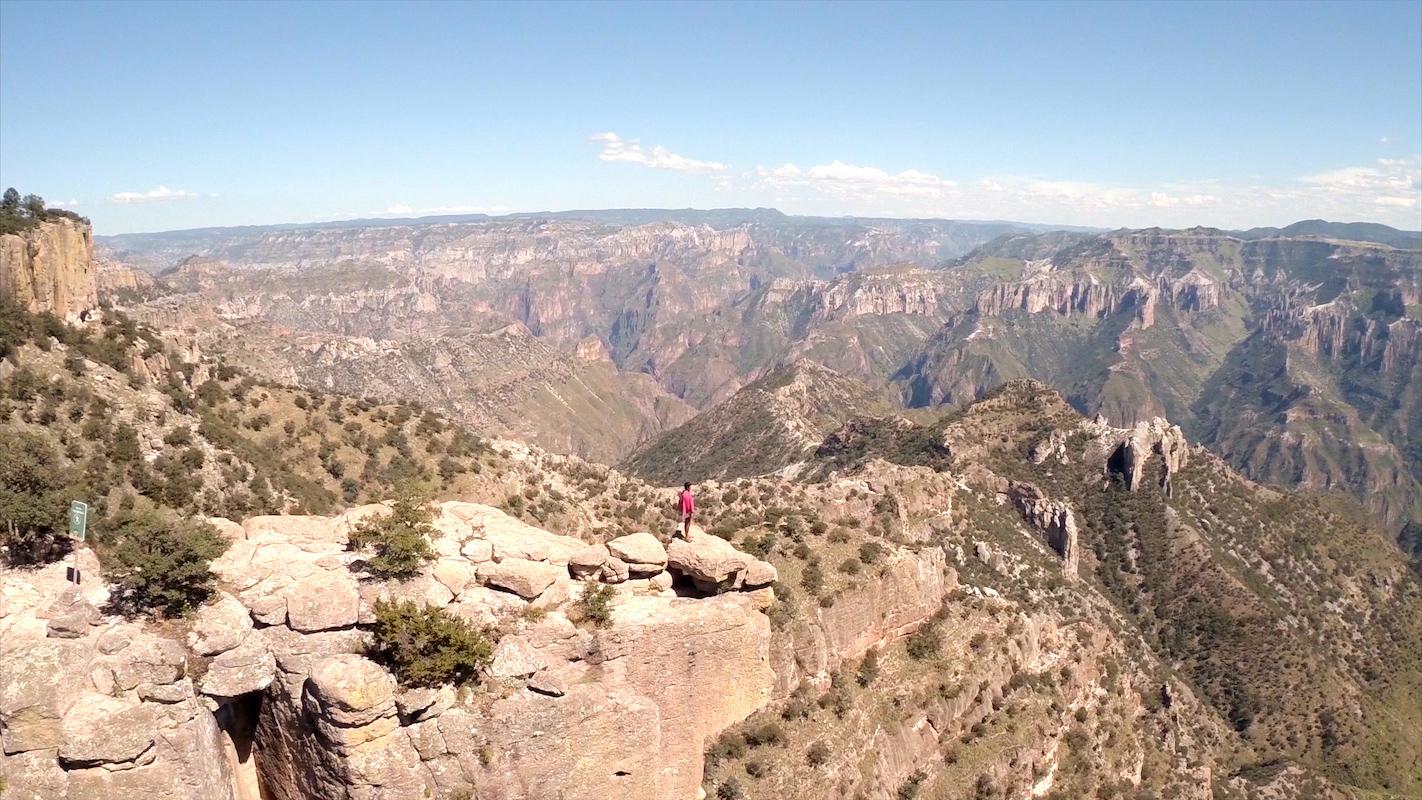
Nearby is the 30m high waterfall Cascada Cusarare. You will have to take a four wheel drive or join a tour to find it, as it is off the beaten track- alternatively you can hike through a pretty pine forest for a couple of kilometres. Indigenous vendors- here selling hand knitted jumpers, hats and ponchos, which are much needed due to the drop in temperature, are your landmark to the entrance. In the rainy season, the reward is a dramatic veil of silver water cascading down an exposed rock face, however it is a lovely spot all year round. Surrounded by the peaceful sounds of nature, there are viewing points built into the cliff-face whilst the best views are from the bottom, which is accessible by 240 sturdy steps.
Chihuahua is a dream for thrill seekers, which is why you should finish your trip on a high! The Copper Canyon Adventure Park in Divisadero has something for everyone and boasts the longest zipline in the world, with birds eye views of the stunning Barrancas del Cobre. If that sounds a tad intimidating, you could try cliff rappelling, or crossing a rickety suspension bridge with the canyon floor blinking at you, willing you to keep your step. For those who feel safer on land there are off road bikes you can take out to explore the mountain tracks. Alternatively, you could just kick back with a coffee in the glass-bottomed restaurant, or have a much less nerve-wracking experience in a gentle cable car.
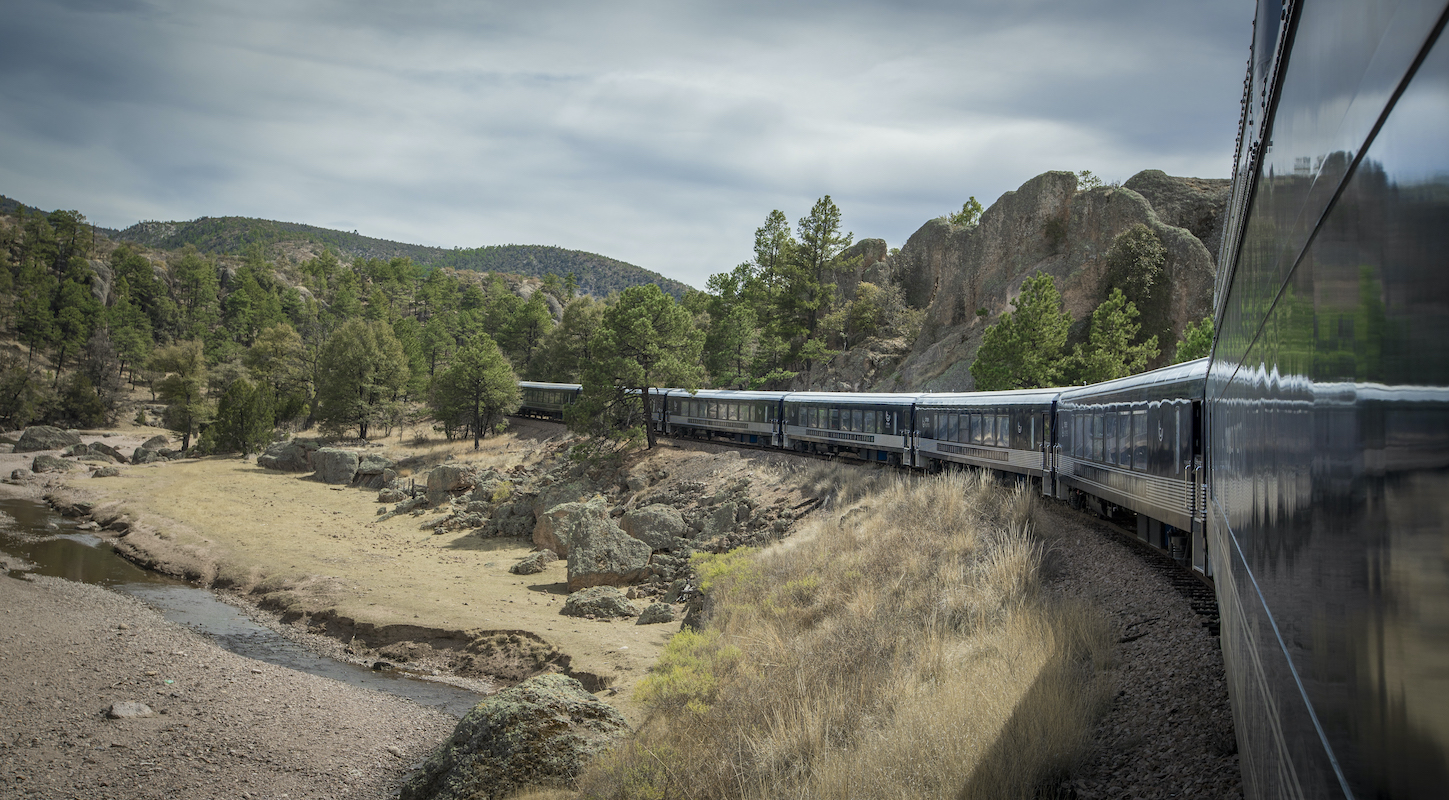
Creel is worth a stopover for it’s first class hotels (check Villa Mexicana Creel Mountain Lodge for cute cabins, stuffed animals and a roaring fire, whilst Hotel Quinta Mision has ginormous suites with underfloor heating and claw foot baths) and there are plenty of attractions a short drive away. The Valle de los Monjes (Valley of the Monks) once known as “Penis Valley” will impress anyone with an interest in big stones. Named after the intriguing rock formations that they resemble, you can’t even describe the connection with nature you feel until you see them up close. They are ginormous!
Elsewhere in this magical region, is the intriguing U-shaped Lake Arareko. You won’t be able to miss the multi-coloured dresses of the Rarámuri women who are selling their crafts on the banks of water which is fringed by pine forests and contorted rock formations, including one called the Elephant Rock. You can even hire a rowing boat and spend a lazy, laid back afternoon on the picturesque lake which changes from sapphire blue to jade green according to the weather.
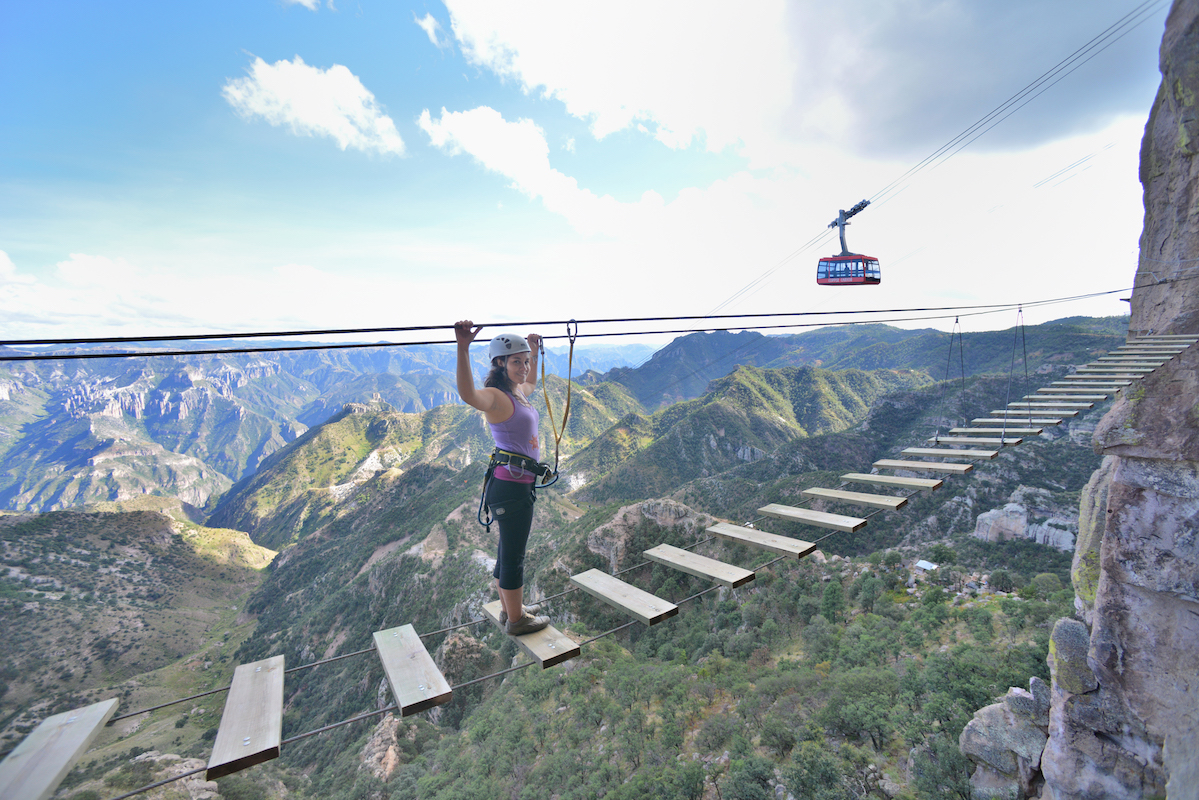
From revolutionaries to Raramuris, there is no doubt Chihuahua will intrigue and stimulate your senses. You can immerse yourself in hot springs, buy some cowboy boots and rub a stone for virility. You won’t be able to take enough photographs of this spellbinding province; and when you need some time out, kick back in one of the luxury hotels with a pink chihuahua (a cocktail, not a dog – I didn’t actually spot any of those).


